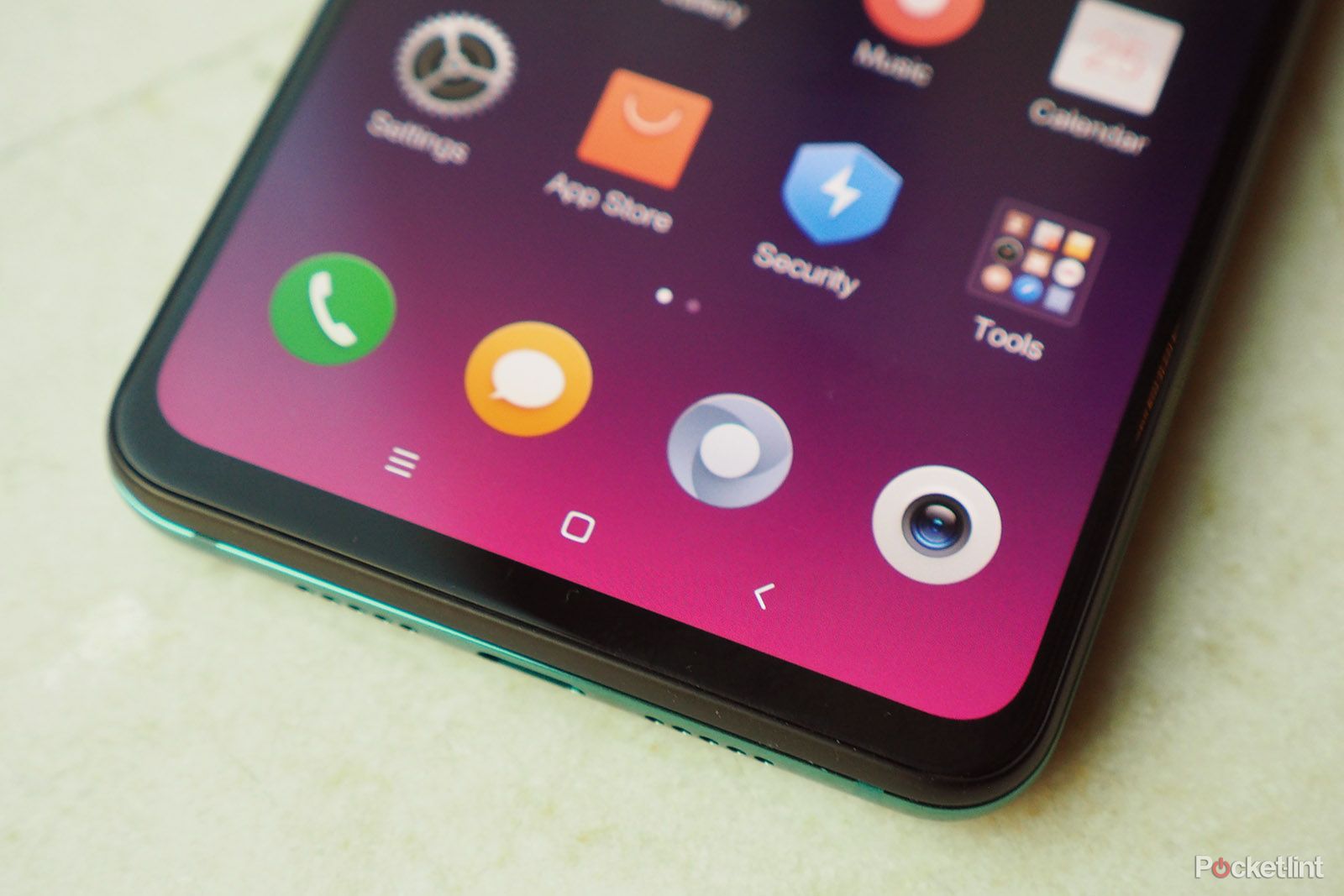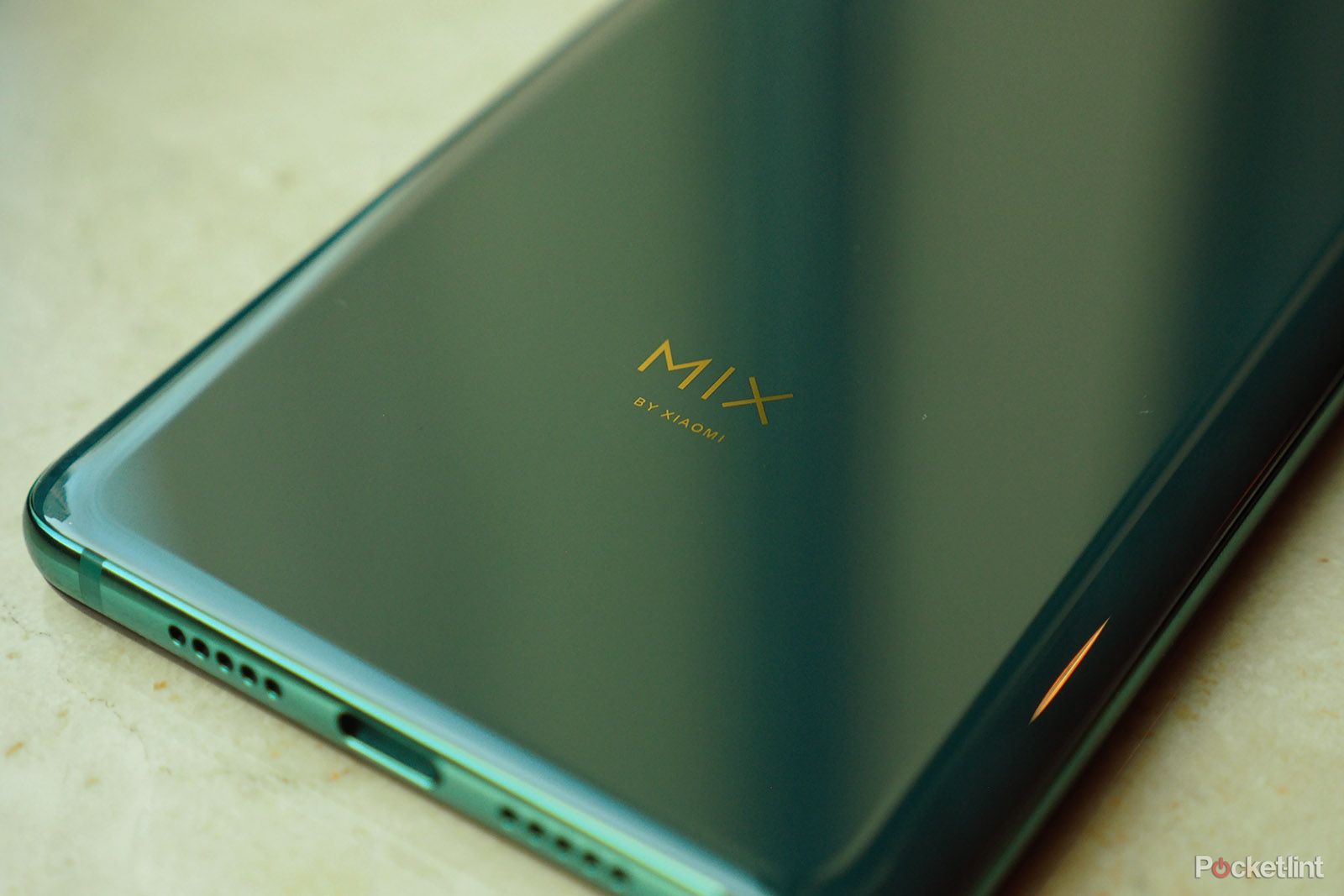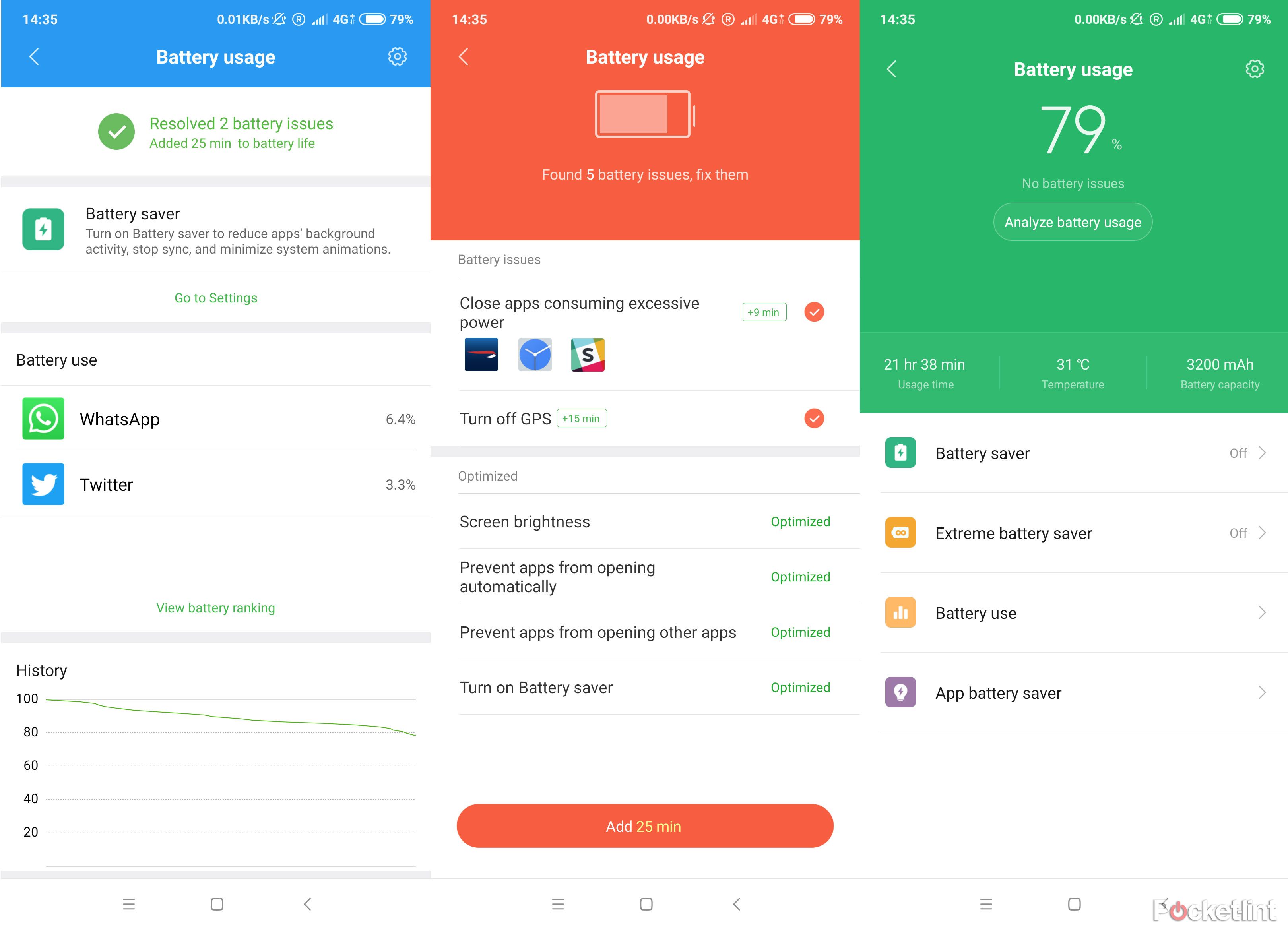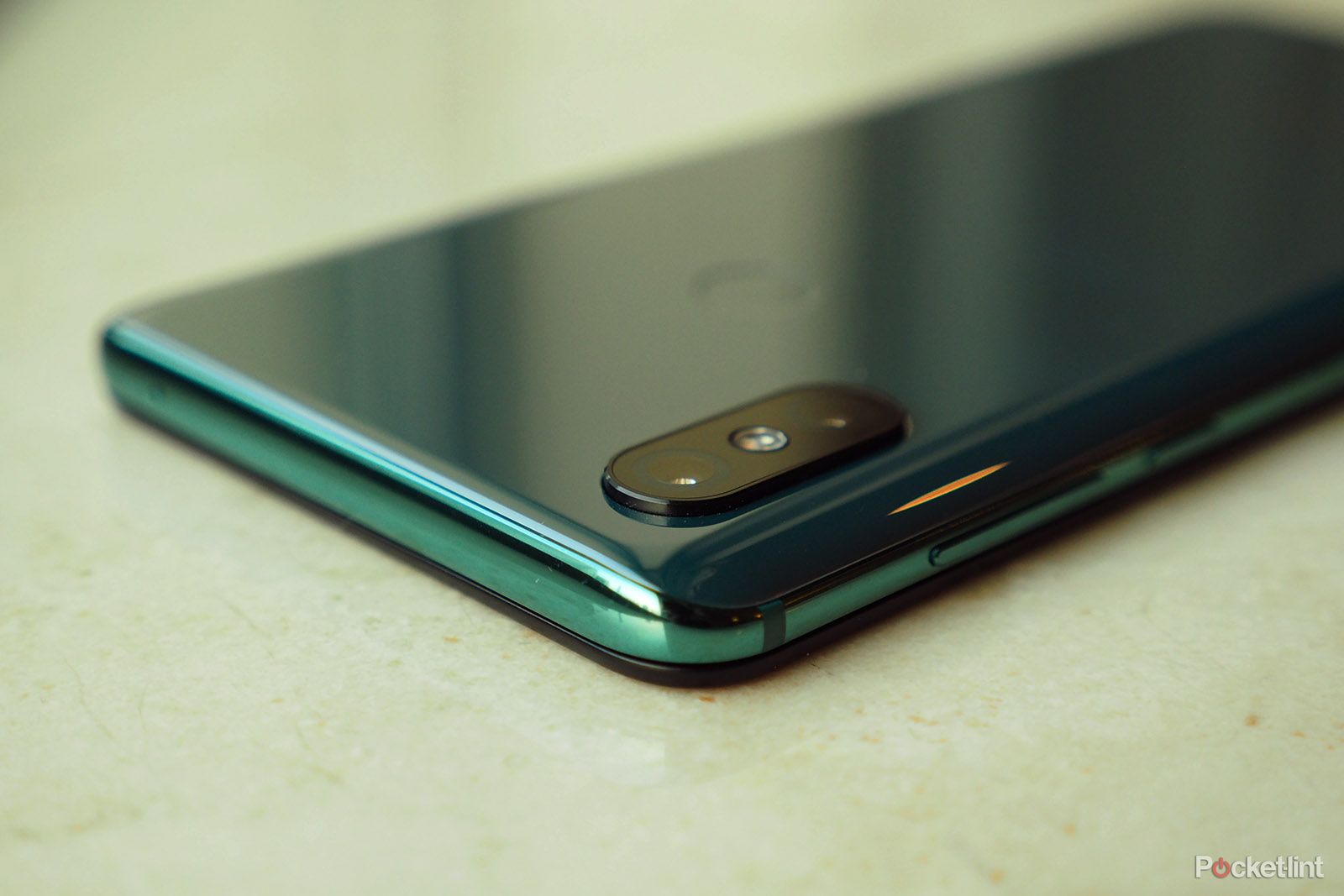Xiaomi basically invented the idea of the bezel-free phone in the original Mi Mix. Having evolved the screen-to-body ratio to epic proportions in its follow-up Mi Mix 2 the inevitable happened: every other company copied many of its ideas.
So where does it go from there? Into the past to bring us the future, for the Xiaomi Mi Mix 3 is the flip phone reimagined; embodying modern style and minimal bezel with a retro-like slide-to-open feature to reveal its otherwise hidden front-facing cameras.
So is the Mi Mix 3 setting the bar for the future once more, or does it fall short of the mark?
Xiaomi Mi Mix 3
Our quick take
The Mi Mix 3 steps into the past to bring us the future. The slider phone design makes way for a display-forward and almost bezel-free design that's unlike its pricier mechanised alternatives from Oppo and Vivo.
But with under display cameras around the corner (Oppo demoed this at MWC Shanghai 2019) and punch-hole camera alternatives, we're not entirely convinced a slider mechanism is the best solution at present - not for the bulk it adds at the very least, plus the gunk that it gets clogged with from pockets - especially when the the front-facing camera it conceals isn't that good of quality.
All said, there's no doubt that the Mi Mix 3 continues the run of adventurous and experimental phones to come out of China. This phone is different; it's interesting, powerful and offers a distinctive, nearly bezel-free design with great screen quality. The price is half that of many flagships, too, which certainly appeals - although it's still hard to recommend above and beyond some more conventional rivals, including Xiaomi's own Mi 9.
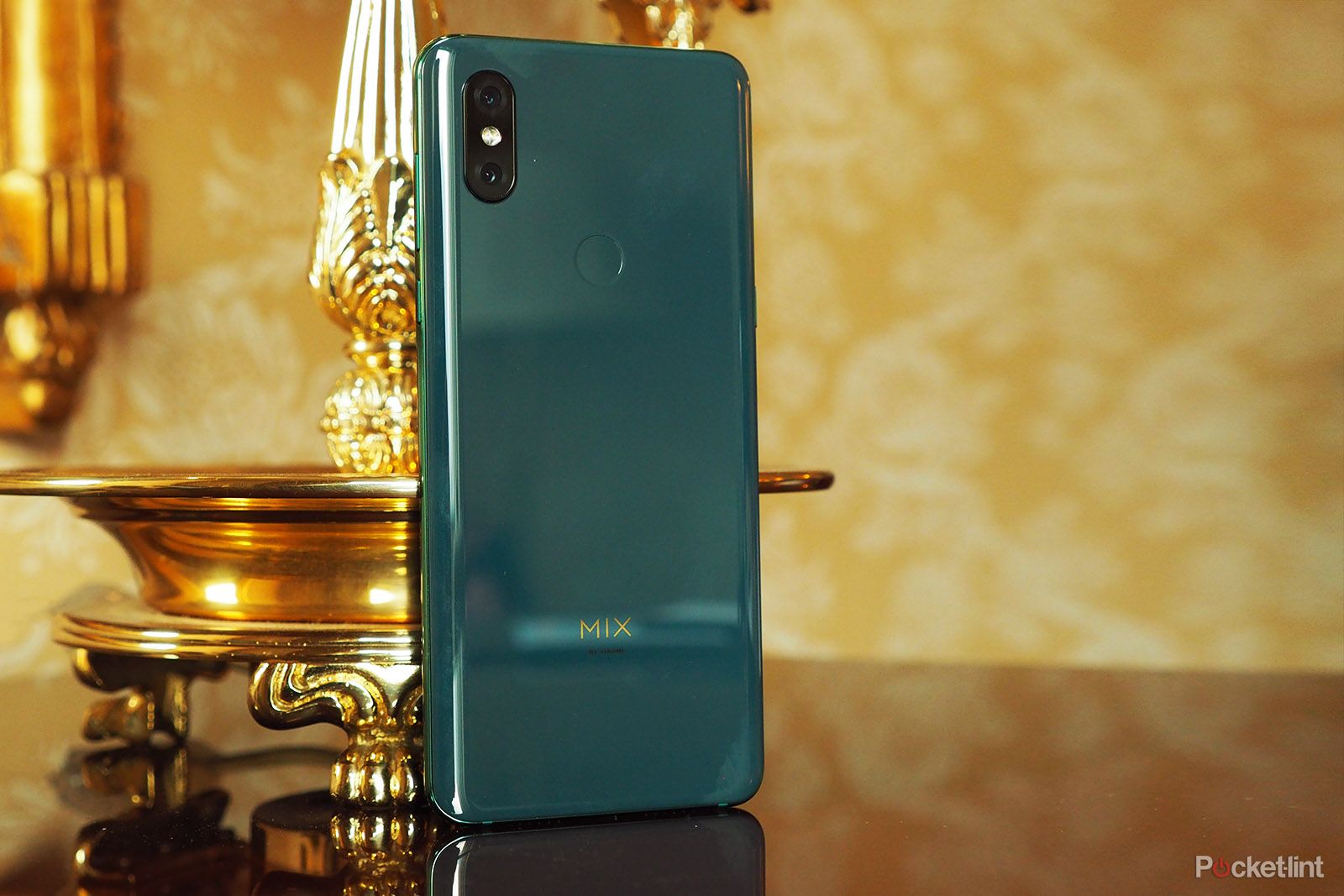
Xiaomi Mi Mix 3 - 4.0 / 5
| FOR | AGAINST |
|---|---|
|
|
Xiaomi Mi Mix 3
What is a 'slider phone'?
- Front-facing cameras hidden, exposed by sliding entire phone screen downwards
- Magnetic system holds design in place, it's not motorised like Oppo Find X
- Sounds can be assigned to sliding motion, including custom ones
- Apps can be assigned to sliding motion too, not just the camera
The term 'slider phone' describes what it sounds like: a phone that slides open. Years ago that used to be to reveal the physical keyboard. But in 2019 we're not in the era of PDAs and QWERTY pads (sorry BlackBerry), so instead the Mi Mix 3 utilises this technique to reveal its otherwise hidden front-facing cameras. It doesn't need to be slid open to be used as normal, thankfully, it's just the cameras.
This idea of 'all display' design has become a hot topic over the years, with different manufacturers exploring the ways to hide such cameras. We've seen the Vivo Apex - which evolved into the NEX S - and the Oppo Find X, both of which use mechanised methods to reveal their cameras from within the body, with the Vivo NEX Dual Display going even further and opting for two screens.
The Mi Mix 3 is different. It uses magnets to hold the design into place, so a firm slide-down action on the screen 'clicks' it into its new position, the cameras popping out to the top, the screen overlapping its original position to the bottom. The whole screen moves, unlike the above competition - although with the Honor Magic 2 and Lenovo Z5 Pro hot on its heels (both in China only for now), that could yet change.
Without mechanising the slider there's less chance of a fail rate. Xiaomi says this design can handle 300,000 cycles from its lab testing, which is three times that of its competition. However, having had the phone in our pocket for some time, it doesn't half like to pick up muck and grime across the front of these cameras - an inevitable result of such a design, we suppose.
The screen also can't be locked into place, so we've found it'll be pulled out of pocket and that the sliding mechanism is pulled open, meaning an active camera is in hand. It's a bit of a nuisance. Swiping down on the screen fairly firmly doesn't move it, though, so pulling down the settings shade or getting into swipe-to-play games hasn't been a particular issue due to the design.
What's rather fun about the Mi Mix 3's slider mechanism is how you can associate a sound with the movement. There are presets - or you can add your own custom sound as creatively/juvenilely as you like. Furthermore, the phone can open tools or apps rather than just opening the camera, should you, say, wish to use it to answer/end a call. Under 'Slider settings' in the settings menu it's also possible to deactivate the function.
Design and display
- Colours: Onyx Black, Sapphire Blue, Jade Green (in ceramic, as pictured)
- 6.39-inch AMOLED screen, 2340 x 1080 resolution, 19.5:9 aspect ratio
- Rear positioned fingerprint scanner
- 93.4% screen-to-body ratio
This new sliding screen design feature doesn't take-away from what Mi Mix is best known: maximising the screen-to-body ratio. The Mi Mix 3 is almost entirely screen, delivering a large 6.39-inch panel that represents over 93 per cent of the front design. No cameras in the 'forehead' and no fingerprint scanner in the 'chin' ensure minimal bezel, which is a Mi Mix staple.
However, the sliding mechanism makes for a phone that's unusually heavy (220g) and rather thick too, so it's not the sveltest of designs. And given all the other phones we've been using of late - not least Xiaomi's Mi 9 - this one really does feel a lot bigger.
If you're an eagle-eyed phone lover then you'll find the Mi Mix's screen size familiar. That's because it's the same AMOLED panel as found in the Huawei Mate 20 Pro and in the Honor Magic 2. Such display technology - which is sourced from Samsung - is what ensures the sliding panel is thin (AMOLED is thinner than LCD and self-illuminates) and makes for bright colours and deep blacks. It's not the most responsive touchscreen we've ever used, which is an oddity, with some presses not registered in our experience.
However, there's no in-screen fingerprint scanner in the Mi Mix 3, like you'll find in the Mate 20 Pro. That, we believe, is on account of its slider design, but it feels like a shame - it's less futuristic in this regard than many of the flagship competition. Instead there's a rear-positioned circular fingerprint scanner, which follows the same colour as the phone's finish.
The latest Mi Mix isn't available in its iconic white finish this time around, however, with Xiaomi pushing two new finishes - Sapphire Blue and Jade Green, the latter in ceramic (yep, coloured ceramic) - which sound bright and fancy, but they're actually very subtle in their hue. The green is rather blue-like in a lot of light sources (and a total nightmare to photograph for white balance too, as you can see from our hands-on pictures). They are certainly distinctive, although fingerprint smears are rather problematic, including on the black model we received for review purposes.
Spec and performance
- Qualcomm Snapdragon 845 platform, 6GB RAM
- 10GB RAM in Forbidden City special edition
- MIUI 10 software (over Android Pie 9.0)
- 3200mAh battery capacity
- 10W wireless charging
There's a lot to say about the Mi Mix 3's innards too. At launch it was fully flagship, offering the Snapdragon 845 chipset paired with an entry 6GB RAM (as per this UK review unit), or 8GB if you buy the uprated model (which we don't believe will be available in the UK). Since the SD855 chip has appeared, so some more recent phones offer a little more power - although whether you'll notice this in most tasks is another question entirely.
There's even a special edition Forbidden City model, in conjunction with the Palace Museum in Beijing, which squeezes a massive 10GB RAM in (but don't expect that'll ever be found outside of China; it's got a Xiezhi (獬豸) mythical beast in gold on its rear too).
That core spec translates well in use when within apps. South Park: Phone Destroyer has worked just fine, as have all manner of gaming and work applications that we've been soldiering through. If you're a gamer the single speaker is too easy to cover with a hand, so it necessitates headphones and there's no 3.5mm headphone socket.
It's with software that things are little less refined. There's not quite the fluidity to the MIUI software skin that you'll find in other phones - we're nitpicking though, as it's not dramatically different - while some subtle bugs are introduced, be it that Firefox sometimes crashing, or video playback doesn't function as we would expect. Still, Xiaomi hasn't pre-loaded a bunch of irritating or disruptive apps, so using MIUI feels natural and generally Google-like for the most part, which makes it accessible for all.
To the left side of the phone (facing) there's also a dedicated Google Assistant button. It's like the Bixby button on a Samsung. Although Xiaomi is pulling on Google here, we feel the same about it as we do the failed Bixby integration: it's too easy to automatically activate, which is irksome, and ultimately not that useful for us. We'd rather it had been repositioned during the design phase.
On the battery front, the 3200mAh cell at the Mi Mix 3's core isn't as capacious as some of its competition. It's also a lower capacity than that of the Mi Mix 2S, which is disappointing. However, there is Quick Charge 4 via cable and 10W wireless charging available - with a charging pad in the box.
In terms of longevity, however, the Mi Mix 3 hasn't done a bad job at all. Go easy and 20 per cent will deplete every six hours - giving a life well over a full 24 hours. Throw in a few games and more demanding apps and, while the phone doesn't overheat at all, its longevity is more like 16 hours. Again, perfectly fine for a single day of use. However, with flagships in 2019 going all-in with cell capacity - the Asus Zenfone 6 has a 5,000mAh cell, the Huawei P30 Pro a 4,200mAh one - the Mi Mix 3 can't quite live up to these standards.
Mi Mix 3 5G review: How does it perform?
- 5G model exclusive to Vodafone in the UK at launch
- £29 up front and from £56/month
- 100-200Mbps average on 5G
- Up to 1Gbps maximum
Rather than write an entirely separate review for the 5G version of the phone, we'll highlight the differences with the super-speed connectivity version of the phone here. As you can see from the image below, it comes with a lovely golden little 5G marking on its rear.
We were lent a handset from Vodafone UK, complete with uncapped 5G SIM, which we've had in tow for a week of use. We've covered speeds and expectations of 5G coverage in the UK/London in a separate piece, link below, but in summary you can expect in the region of 100-200Mbps on 5G from what we were achieving - nothing like the 600Mbps+ we've managed on EE 5G (using a OnePlus 7 Pro 5G).
Those kinds of speeds will better some home broadband speeds, however, so when you're hooked into 5G it's impressively quick, with low latency to boot. Vodafone does cap its low- and mid-tier packs at 2Mbps and 10Mbps, respectively, however, so you'll need to pay more for the top-end pack if you want unlimited connection speeds.
Xiaomi Mi Mix 3 5G
The other big take-away from 5G is how it affects battery life. As you're unlikely to be consistently connected to 5G proper, the performance will remain much the same. However, when we've been running Netflix Fast and Ookla Speedtest apps - which use hundreds of MB of data at a time in testing - the phone has been getting hot and we were able to churn through 10 per cent battery life in around 40 minutes. So it does potentially affect longevity.
Cameras
- Rear: Dual 12-megapixel cameras
- Main sensor: 1.4µm pixels and f/1.8 aperture
- Second sensor: 1.0µm pixels and f/2.4 aperture
- Front cameras: 24MP (1.8µm, f/2.2) and 2MP depth sensor
On the cameras front Xiaomi has stuck with the dual lens setup design of the Mi Mix 2S. The sensors and optics are identical. But there's more going on behind the scenes thanks to processing and algorithm tweaks - indeed, Xiaomi made a big song and dance about DxO scoring the camera higher than iPhone XS (which we really don't care about, as it's all just numbers nonsense).
Autofocus is successful - but not the fastest available on the market. There's not the live tracking focus points of a more complex camera setup, like the Huawei P30 Pro. A touch on the Mi Mix 3's screen will select focus and metering with ease, but it needs a faster-yet system to rival the best of the best and be truly flagship.
Close-up focus works well, too, as does the 1x and 2x zoom button. The mix of a wide-angle and standard lenses (Xiaomi, like Apple, tries to refer to it as a "telephoto", which is an over-reach to say the least) means it's possible to zoom while limiting the overall loss; the two lenses can also use their offset positions from one another to map and identify depth, which can then be used to apply software-produced soft backgrounds, just like you'd typically find in a pro portrait (hence the name "Portrait mode"). But in a world where phones are adding more cameras, and devices such as the Oppo Reno 10x delivering a periscope zoom lens, there are more versatile camera offerings out there.
So what are the results like? As we said of the 2S, they're pretty good. At 12-megapixels, with their large pixels compared to many rivals (1.4µm, not 1.25µm like the older Mi Mix 2), good light and even low-light conditions are of no major concern. There's good colour, ample sharpness (without overdoing things like Huawei does) and image noise is kept at bay for the most part.
However, Xiaomi really needs to polish things just that touch more to make it a truly great camera. The loading time isn't as instant as on other flagships, while scrolling between modes - Short Video, Video, Photo, Portrait, Square, Panorama, Manual - should free-wheel through the slider to be extra quick. The HDR (high dynamic range) and AI (artificial intelligence) modes can also over-work things: the HDR sky in a shot at LVCC in Las Vegas, for example, looks outside the realms of reality.
Last up there's that key camera: the front-facing one, hidden behind the slider mechanism. Sadly it's bad news: it's not a very good snapper, with selfies lacking in quality. It's a bit of a surprise, really, but the limited detail in all shots that we and our colleagues have taken just don't hit the mark. Shame.
Xiaomi Mi Mix 3
To recap
This phone is different; it's interesting, powerful and offers a distinctive, nearly bezel-free design with great screen quality. You get a lot of phone for your money, although it's hard to recommend above and beyond some more conventional rivals, as its slider mechanism doesn't really add that much and the selfie camera quality is poor.

